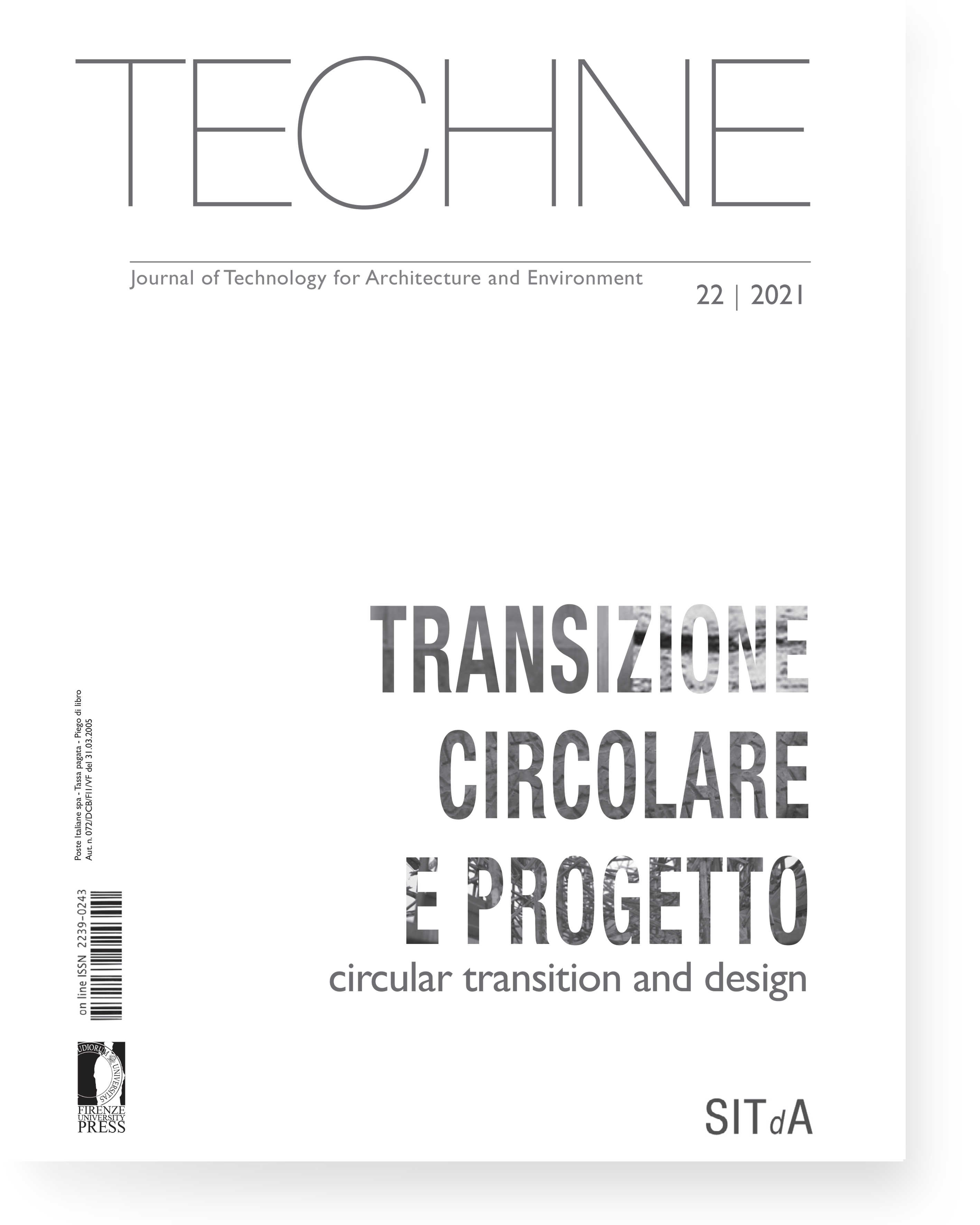Published 2021-07-29
Keywords
- Material efficiency,
- Circular design,
- Circular transition,
- Mitigation,
- Adaptation
How to Cite
Abstract
The history of lightness might not only recount aeroplanes and low-density materials, it might also speak of a need for dematerialisation consistent with the control of resource consumption and greenhouse gas (GHG) emissions. Following the Paris Agreement, carbon neutrality policies had initially focused on mitigation actions for energy efficiency and low-carbon sources. Although crucial for the materials industry, other strategies, especially on the demand side, are possible to reduce their production. In the context of the circular economy applied to the built environment, Material Efficiency (ME) constitutes a set of actions for circular design for which functions, configurations and construction processes need to be reinvented.







